Search
Remove Ads
Advertisement
Summary 
Loading AI-generated summary based on World History Encyclopedia articles ...
Search Results
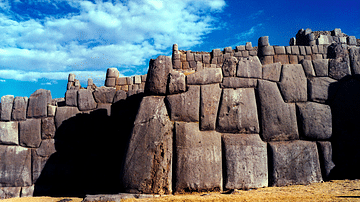
Article
The Siege of Cusco in 1536-7
The two sieges of Cusco in 1536-7 were the last great military actions by the Incas as they tried to reclaim their empire from the Spanish conquistadors led by Francisco Pizarro (c. 1478-1541). The European cavalry proved all but invincible...
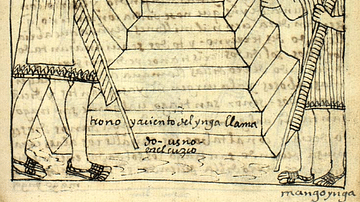
Image
Coronation of Manco Inca Yupanqui
An early 17th-century illustration by Felipe Guáman Poma de Ayala showing the coronation of the new Inca ruler, Manco Inca Yupanqui on 16 November 1533. Manco Inca was a puppet ruler of the conquistadors but he rose up in rebellion and led...

Definition
Francisco Pizarro
Francisco Pizarro (c. 1478-1541) was a conquistador who led the Spanish conquest of the Inca civilization from 1532. With only a small group of men, Pizarro took advantage of his superior weapons and the fact that the Incas were weakened...
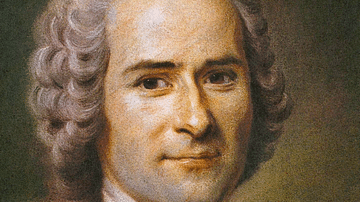
Definition
Jean-Jacques Rousseau
Jean-Jacques Rousseau (1712-1778) was a Swiss philosopher whose work both praised and criticised the Enlightenment movement. Although a believer in the power of reason, science, and the arts, Rousseau was convinced that a flourishing culture...
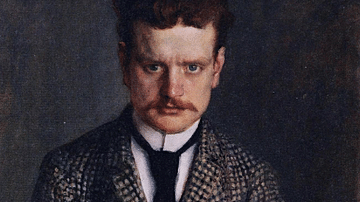
Definition
Jean Sibelius
Jean Sibelius (1865-1957) was a Finnish composer famous for his symphonies, the symphonic poem Finlandia, and the Karelia Suite. Although Sibelius inspired a music revival in his native country, became a figurehead for the Finnish nationalist...
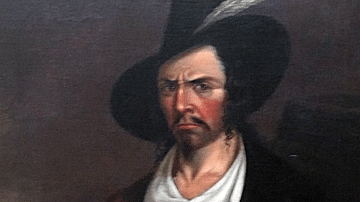
Definition
Jean Lafitte
Jean Lafitte (also spelt Laffite, c. 1780 to c. 1820 CE) was a Franco-American leader of pirates and privateers who captured merchant vessels of various states in the Gulf of Mexico from 1810 to 1820. Lafitte proved an invaluable ally for...
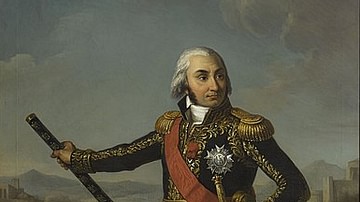
Definition
Jean-Baptiste Jourdan
Jean-Baptiste Jourdan (1762-1833) was a French general who held significant commands in the French Revolutionary Wars (1792-1802) and the Napoleonic Wars (1803-1815). He won a major victory for the French Republic at the Battle of Fleurus...
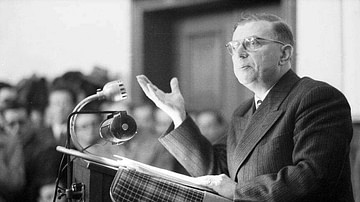
Definition
Jean-Paul Sartre
Jean-Paul Sartre (1905-1980) was a French existentialist philosopher who defined the existentialist movement in the 20th century. Considered the consummate intellectual, he was not only the author of philosophical works but also a biographer...
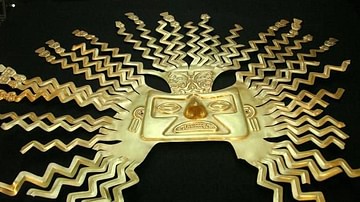
Definition
Inti
Inti was the Inca god of the sun and considered all-powerful but he was also a benevolent god and capable of great generosity. However, Inti could be angered and he would demonstrate his displeasure through solar eclipses which necessitated...
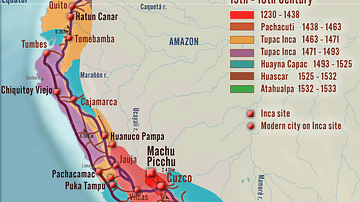
Article
Pizarro & the Fall of the Inca Empire
In 1533 CE the Inca Empire was the largest in the world. It extended across western South America from Quito in the north to Santiago in the south. However, the lack of integration of conquered peoples into that empire, combined with a civil...